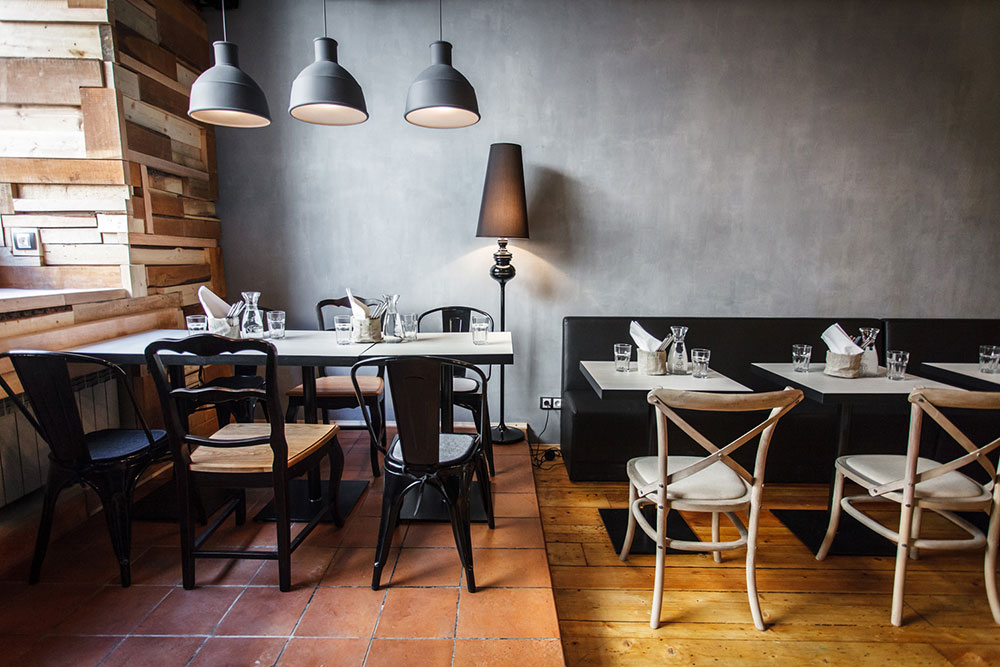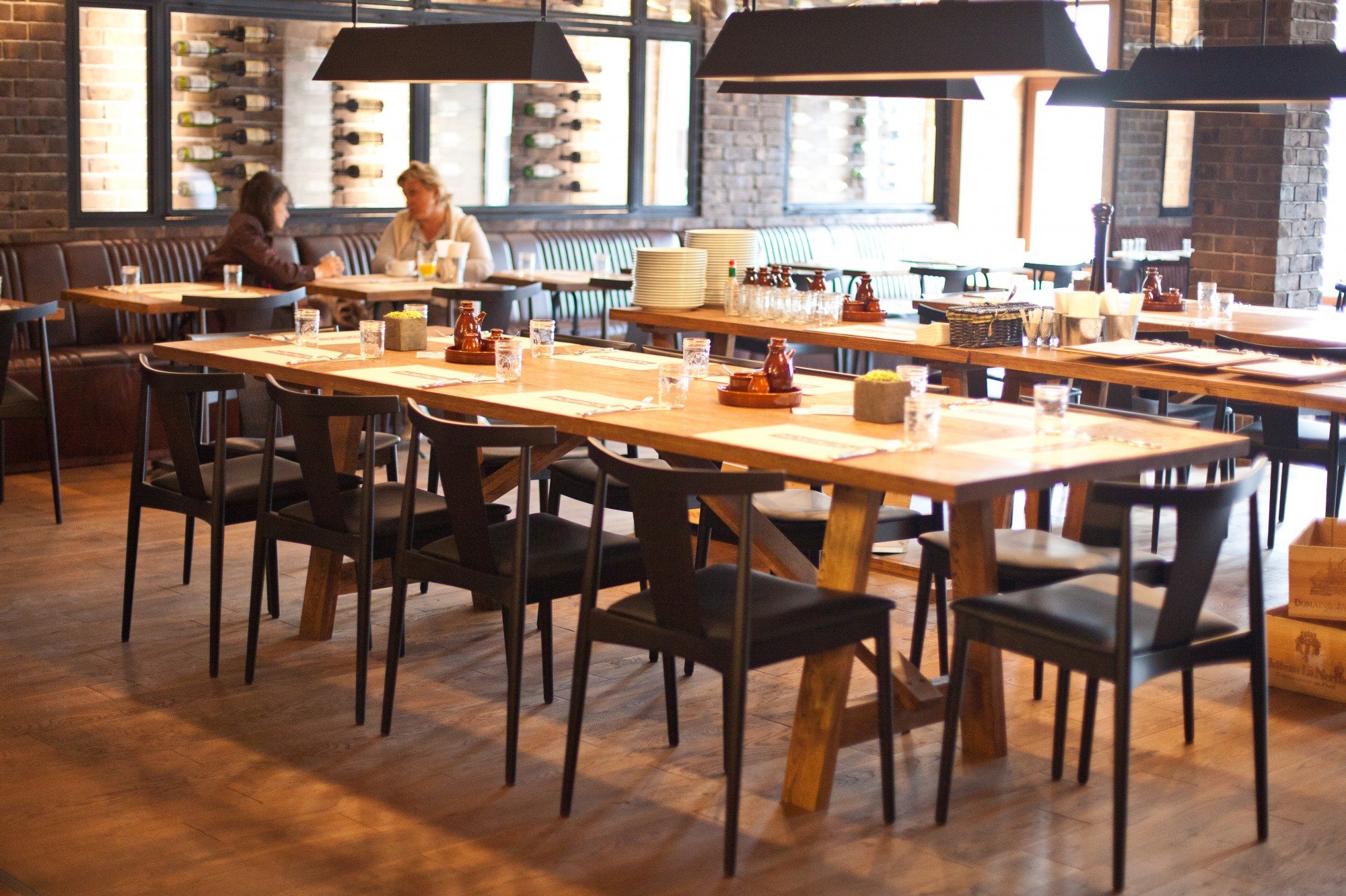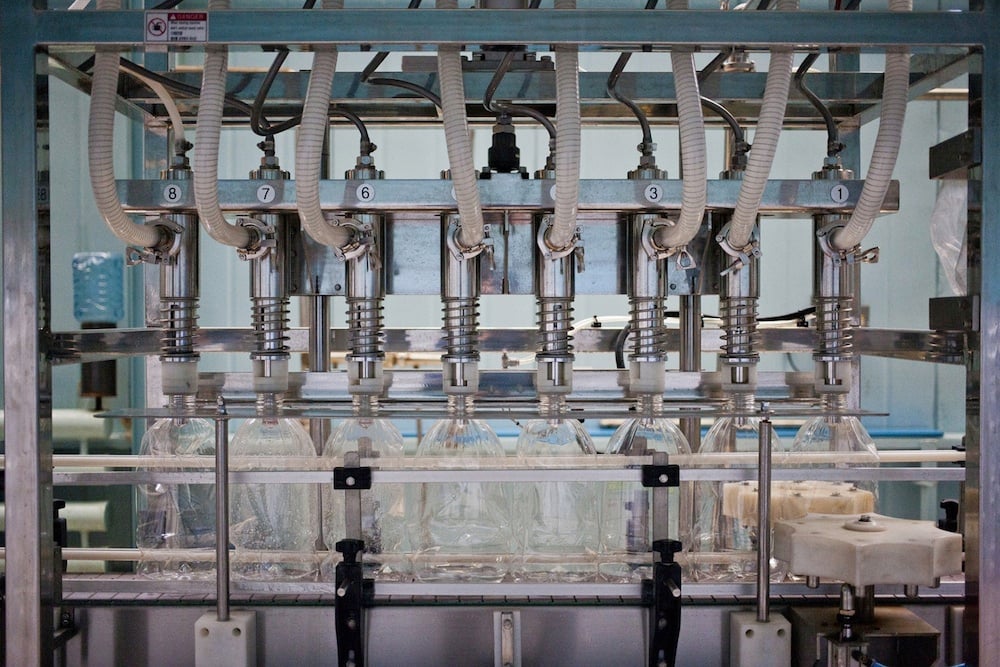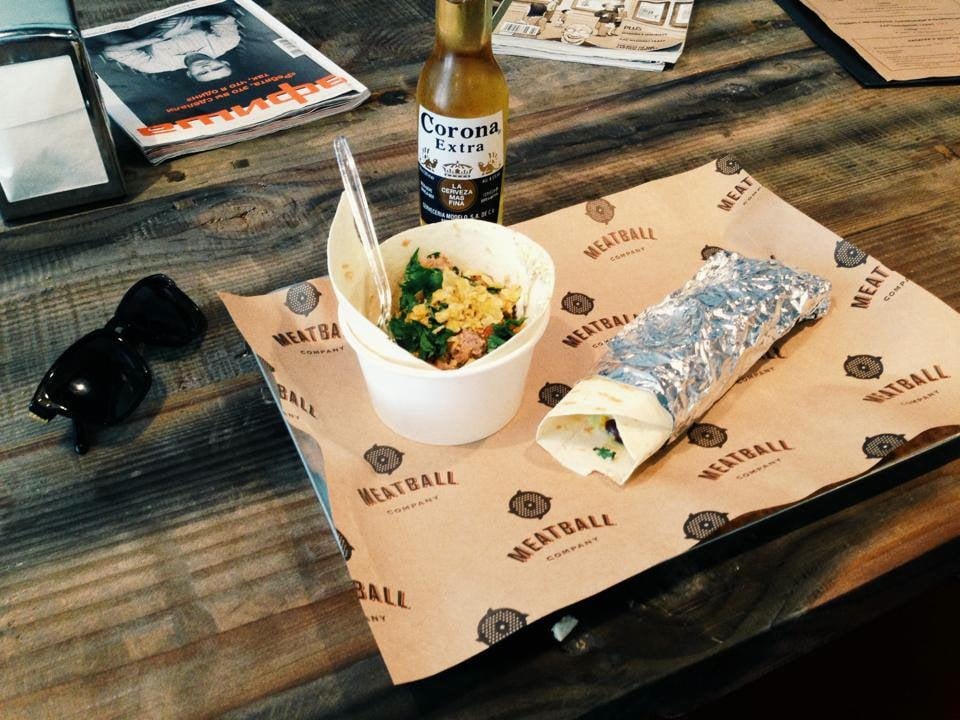Countdown: what’s the future for London’s pay-per-minute cafe?

Three months after opening, and Ziferblat, London’s first pay-per-minute cafe, faces eviction. But will the pricing model prove popular in London? And, more importantly, is the concept cost-effective?
Since opening its doors in November last year, Ziferblat, London’s first pay-per-minute cafe, has won countless column inches, featured in several television news reports and has even been named as a “contender for best opening of the year” by TimeOut magazine. But now, Ziferblat has been handed a 28-day eviction notice by landlords who say the conditions of the lease specify that the space should be used as an office rather than a cafe.
Hackney Council is currently investigating the dispute so Ziferblat may yet be saved. But if it does close, will the concept — customers pay 3p a minute in exchange for wifi and all the coffee, tea and toast they can consume — be taken up elsewhere? The innovative pricing model has proved to be a hit in Russia where Ziferblat owner Ivan Mitin has nine other branches. But is the cafe more than just a gimmick? And crucially, is it commercially viable? We put these questions to a panel of experts.
Sonia van Gilder Cooke, senior journalist, LS:N Global
“I can’t really comment on the economic viability of Ziferblat (I’ve just seen on Instagram that their coffee machine has recently broken and they can’t afford a new one!). However, I think the concept definitely has a future.
Consumers are clearly becoming disenchanted with the mainstream coffee chain. It’s telling that many coffee chains, from Starbucks to Caffé Nero, have tried to affect a more tailored, personalised approach to each branch — blending it in with the specific locale so they seem less generic. It’s pretty boring to go into the same coffee shop everywhere, encounter the same decor, and not talk to anybody. There’s no excitement or adventure — it feels stale and predictable. Clever brands across the board have started trying to offer stores with an individual feel.
Most consumers can make coffee at home (just look at the astronomic rise in Nespresso and home professional coffee makers) or in the office, so the big reason they go out is for an experience. Ziferblat recognises that, and charges for what people are paying for — atmosphere. Millennials in particular are looking for places where they can blend business and leisure, and maybe pick up new ideas or meet people, so in that sense Ziferblat is pitch perfect.
The big coffee chains will probably not jump to copy Ziferblat’s model, but we’re already seeing some businesses like cycling brand Rapha creating spaces where people can relax and spend time together — in other words, they’re trying to make their store a community hub rather than just a place to shop, because that’s what keeps people going back. LS:N Global has also seen the increasing prevalence of collective and volunteer-run initiatives similar to Ziferblat. This is a product of what we call Generation C — a rising group of consumers who increasingly want to be collaborative in commerce. They want to take part, have a dialogue with the brands they consume, and are looking for sense of localism. Ziferblat definitely sits with this trend.”
Jonathan McClory, creative industries and policy consultant
“In many ways, the arrival of Ziferblat fits into a well-established trend of professionals — mostly young creative or tech-focused entrepreneurs — eschewing traditional offices for much more flexible and cost-effective options. In some cases this means pulling up a chair at a Starbucks or local cafe and squeezing as much time out of a latte as the staff will allow. But beyond cafe hot-desking, a number of shared working spaces have sprung up offering cheaper desks to freelancers and small companies. An example of this is TechHub in London, which provides subsidised workspace for young tech startups.
What makes Ziferblat interesting is a kind of merging of these two models. They are essentially renting out working space under the most flexible terms and conditions possible. While it’s billed as a ‘cafe’, their pricing model is more inlined to a co-working space, though pricing by the minute is what makes them innovative.
I’m not sure if Ziferblat’s current pricing model makes them viable commercially. Occupying a space on Shoreditch High Street cannot be cheap, and charging customers 3p per minute probably doesn’t yield a hefty profit margin. However, the concept itself doesn’t feel like a gimmick. It’s a model that could have a bright future. A 2012 report on global shared working spaces reported a 271% increase in the number of co-working offices in Europe between 2010 and 2012, so the demand for flexible working space is on the up.
If Ziferblat can land on a profitable pricing point, then it should have real staying power. Essentially, it meets the two core needs of creative and tech professionals: decent coffee and cheap, flexible working space.”
Stephanie Gillespie, manager, Paper & Cup cafe, Shoreditch
“I’ve heard quite a lot about Ziferblat but I haven’t seen it in operation yet. I’m not fully sure how it will work, for example, whether someone could just walk in and have an espresso for 3p. I get that it’s supposed to be a place where you can work all day.
As Paper & Cup is such a small space, it can be a problem when someone comes in, buys a cup of tea and sits here for five hours. In principle I’m not against people doing that, but we are constantly turning away large groups away for that reason, so I can see the perks of Ziferblat. From a financial point of view, I think it could be difficult because it’ll go through a lot of coffee, however I think it’s an idea that needs to be tested.”
Gareth Coombs, director, Cambridge Strategy Centre
“What I find interesting is the actual accounting of it. Charging 3p per minute means their profit is bared down to the very minimum. That’s £1.80 per person per hour, Compare that to a Starbucks where people stay for, say 20 minutes a time, and spend at least double that for a coffee.
They’re looking to attract a crowd interested in being good citizens, who want to work in an atmosphere of trust and shared purpose rather than just sit inside a nakedly commercial enterprise. People like to feel part of something. The bigger you make that element of trust the more people want to belong. There are so many companies that are not playing by the rules or giving back to society by, for instance, paying their taxes, that a company with a better ethos becomes quite attractive. My guess is that this can be successful as long as they’ve done their sums.”







